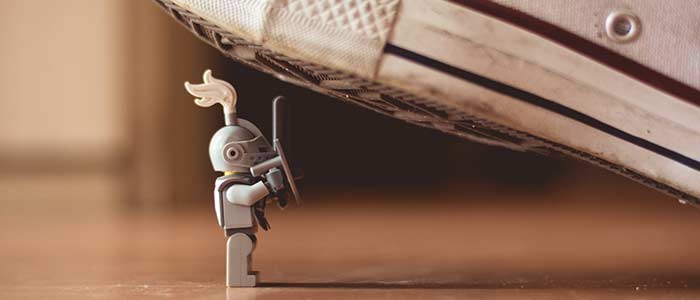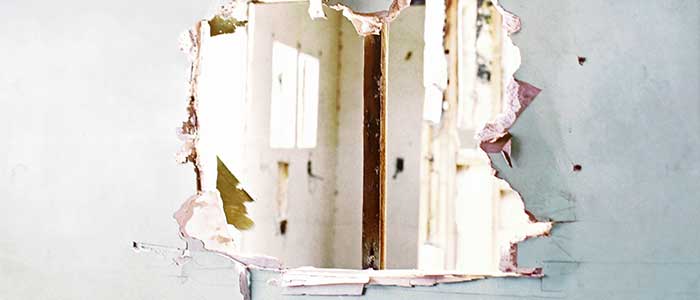Dashpivot article page – Part L lighting

Part L Lighting
What is the Role of Lighting in Part L Compliance?
Lighting, being one of the main systems that affects electricity consumption, is a factor to consider in order to comply with Part L regulations. It accounts for a large portion of a building’s entire energy usage more so in non-dwellings like industrial facilities and offices. It’s important to control its usage by incorporating techniques and lighting controls like dimmers and daylight sensors to ensure occupants are not wasting electricity. With Part L that focuses on improving the overall energy performance, developers must take the time to design with daylighting and natural lighting in mind and incorporate lighting controls to monitor light usage.
What are the Minimum Lighting Efficiency Requirements according to Part L regulations?
Part L indicates that the minimum lighting efficiency requirement for fixed internal lighting in domestic buildings must have a luminous efficacy of 75 lm/W. It also indicates that fixed lighting should not be over-illuminated and should be in-line with the type of activity in the space. It’s important to choose lighting systems that indicate or label the energy efficiency so that upon selection, the right lightings are appropriate for the type of activity in the space and they also comply with Part L. For lightings that are not fixed, however, they are excluded.
Part L also indicates that for fixed internal lighting, they should contain two types of controls as per Part L: (1) Automatic controls that switch lightings off in response to daylight, and; (2) Automatic controls that switch lightings off after the area lit is unoccupied if the lighting efficacy is 75 lm/W or less, or manual control if the lighting is 75 lm/W or more.
For non-domestic buildings, the sum of all the general light fittings is mandated to have an average luminous efficacy of 95 lm/W and assessed using a performance metric Lighting Energy Numeric Indicator (LENI) that is the sum of energy use divided by the total area. For display lighting, however, it’s mandated to have either of the following: (1) an average light source efficacy of 80 lm/W,; (2) a rated power usage not greater than 0.3 W/m2 in each space, or; (3) a calculated LENI that doesn’t exceed the prescribed in Part L. For high excitation purity light sources, it is mandated they will have an average lighting efficacy of 65 lm/W.
What are Part L lighting calculations?
Calculating compliance with Part L of the UK Building Regulations for lighting involves several key factors. These calculations are designed to ensure that the lighting in a building is energy efficient, both in terms of the installed lighting fixtures and the way they are controlled.
Here's a general guide on how you need to be making these calculations:
Luminaire Efficacy
Luminaire Efficacy is a measure of how efficiently a light fixture produces visible light, expressed in lumens per watt (lm/W).
The calculation is:
total light output of the luminaire (in lumens)
the power consumption (in watts)
Part L sets minimum efficacy standards that luminaires must meet.
Lighting Controls
Includes daylight dimming, presence detection, and time-controlled switching.
To get the calculation, assess the expected reduction in lighting use due to these controls. This can be more complex and may require simulation or specific calculation methodologies.
Total Installed Lighting Power
To get the calculation, for each area of the building:
the power of each luminaire * the number of luminaires
Compare this with the maximum allowable lighting power for the building or space, which is determined based on the area and usage type.
Building Area Method (for Non-Dwellings)
A simplified method where total allowable lighting power is calculated based on the area of the building.
To calculate:
the area of the building (in m²) * the allowable lighting power density (watts per m²)
The allowable lighting power density varies depending on the type of space.
Room/Area Method
A detailed method where each room or area's lighting requirements are calculated based on its size and usage.
The calculation is similar to the Building Area Method but applied to individual rooms or areas.
Compliance Documentation
Detailed documentation of all calculations and design choices must be provided to demonstrate compliance. This can be accompanied by Photographic Evidence to show construction stages match the designs for Part L compliance.
How can Lighting Controls and Automation be Beneficial for Spaces?
It’s essential to control and manage the usage of light across the areas of the building, whether it be internal, external, general, or display lighting. Building or facility managers can control the lighting systems remotely, and adjust the levels of lighting through their computers. These control systems also make it easier to generate reports and analyze trends for future reference. Having this control system can save a lot of electricity usage across the building.
Not only can this save so much energy usage, the building or facility managers can remotely control the lighting depending on the type of space. It’s exceptionally beneficial for occupants as the lighting can be set according to the activity, like for example allowing natural light to enter and adjusting the levels in lightings near computers to prioritize employee health.
Lighting Design for Part L Compliance
For Part L compliance, it’s important to review the lighting guidelines and consult a lighting professional or supplier prior to design or construction. The key is just optimizing efficient lighting systems, bringing natural light in, and providing comfort to occupants in a building.
To simplify, select lightings that have high lighting efficacy/lumens per Watt efficiency. Even if the products are certified to be energy-efficient, improper usage and placement could be a factor they are not optimised. Incorporate smart control systems to limit unnecessary usage of electricity all over the building.
Testing and Certification of Lighting Systems for Part L Compliance
The typical key elements in the testing and certification process of lighting systems for Part L compliance are: (1) performance testing; (2) compliance with the standards; (3) certification by recognized bodies, and; (4) acquiring an Energy Performance Certificate.
Performance testing involves testing the lighting systems and measuring their lm/W output to see if they meet the Part L standard. For non-domestic buildings, a LENI assessment could be used.
Ensure that lighting products meet the standards of the British and Europe, like the BS EN 15119 for the energy performance of buildings and BS EN 12464 for the lightings in workspaces. Even the smart lighting control systems should be regularly tested, inspected and checked.
For the final certification, lighting systems should be certified by the British Board Agreement (BBA), Building Research Establishment (BRE), or has a CE marking for compliance.
Along with all other testing, ultimately an Energy Performance Certificate (EPC) is issued if the lighting systems and all others are in compliance with Part L. The EPC is issued if the design and installation of lighting systems are compliant and energy-efficient, in line with Part L regulations.
How to Ensure your Lighting Systems stay Compliant with Part L using digitised forms
Use digitised forms to use as a checklist to run through whether the lighting system has labels or certifications prior to installation. Even for testing and inspection the smart control systems, use the digitised forms and customise your own documents. You can attach photos that have GPS, comments, tags, and mark-ups. You may even include comments or corrective actions in case they pass the checklist. Create a form that suits the type of lighting and smart control systems are installed in the building. No need to depend on paper that you may potentially lose. Collect and organise data in a centralised database and generate reports from where. You can even forward and share documents across your team, use a flexible folder system to group by types of lighting, or even by project/location.
Document forms and progress reports digitally and make it easier for you to comply with Part L regulations. Fill out your forms, even remotely, and allow others to access it in real time, using a mobile, tablet or desktop. You can set permissions on who have access internally and externally to maintain audit trails.


